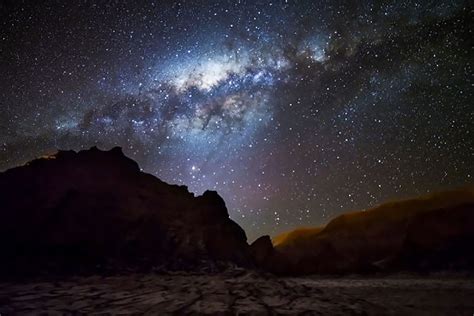Chile’s unique geographical shape has long been a subject of fascination and curiosity. Stretching over 4,300 kilometers along the southwestern coast of South America, this narrow strip of land touches upon a myriad of climatic zones and landscapes. From the arid Atacama Desert in the north to the icy southern tip close to Antarctica, Chile’s geography is as diverse as it is long. The Andes mountains form a formidable eastern barrier, while the Pacific Ocean defines its western boundary, creating a natural corridor that has significantly influenced the country’s development and culture.
One of the main reasons behind Chile’s elongated form is its complex geological history. The Andes mountains, which run parallel to the entire length of the country, arose from the tectonic activities between the Nazca and South American plates. These tectonic forces have not only shaped the landscape but also created a series of climatic barriers. For example, the Atacama Desert, one of the driest places on Earth, owes its aridity to the rain shadow effect caused by the Andes. In contrast, the southern regions receive abundant rainfall, resulting in lush forests and fjords reminiscent of the Scandinavian coastline.
Chile’s geography significantly impacts its culture and language. The isolation created by the Andes has led to a unique form of Spanish distinct from other Latin American dialects. Comments from various readers suggest that Chilean Spanish is particularly challenging to understand, even for native Spanish speakers from neighboring countries. Interestingly, the influence of indigenous languages like Mapudungun also contributes to these linguistic differences, making Chilean Spanish one of the most distinctive variants in the Spanish-speaking world.
The country’s isolation extends beyond language to its transportation infrastructure. Despite its length, Chile lacks a continuous north-south highway or railway, forcing travelers to take significant detours through Argentina for some routes. This has been a point of frustration for many, yet it underscores the country’s challenging geography. However, Chile has leveraged its unique attributes to carve out a niche in global industries like mining, with the arid Atacama Desert being home to some of the largest copper mines in the world.
Chile’s unique geography also makes it one of the best places in the world for stargazing. Areas like the Atacama Desert offer unparalleled views of the night sky, free from the light pollution that plagues much of the developed world. The clarity of the air and the high altitude provide ideal conditions for both amateur and professional astronomers. As noted in various user comments, while some may think the Amazon rainforest offers great stargazing, the dense canopy and frequent cloudy skies make it less ideal compared to the expansive and clear skies of the Atacama Desert.
Moreover, Chile’s Atacama Desert is set to become even more significant in the world of astronomy. The site is already host to several world-class observatories, including the Very Large Telescope and ALMA (Atacama Large Millimeter/submillimeter Array). Future projects like the Extremely Large Telescope (ELT) promise to cement Chile’s status as a premier destination for astronomical research. This confluence of technology and natural clarity provides a glimpse into the universe that few other places can match.
However, Chile’s geography isn’t just about science and natural beauty; it also influences human activities and ecosystems. The country’s varied climate zones support a wide range of agricultural activities, from vineyards producing world-renowned wines in the central valleys to the salmon farms in the southern fjords. The diverse climates also make Chile a haven for ecotourism, offering everything from desert landscapes to temperate rainforests and glaciers, each with its own unique flora and fauna.
Chile’s rich cultural history adds another layer to its geographical wonders. The legacy of indigenous peoples, combined with Spanish colonial influences, creates a unique cultural tapestry. Festivities, culinary traditions, and local crafts vary greatly from north to south, offering a different experience as you traverse the length of the country. Whether it’s celebrating the Fiesta de la Tirana in the north, tasting a traditional Curanto in the south, or exploring the vibrant arts scene in Santiago, Chile’s cultural diversity is as striking as its natural landscapes.


Leave a Reply